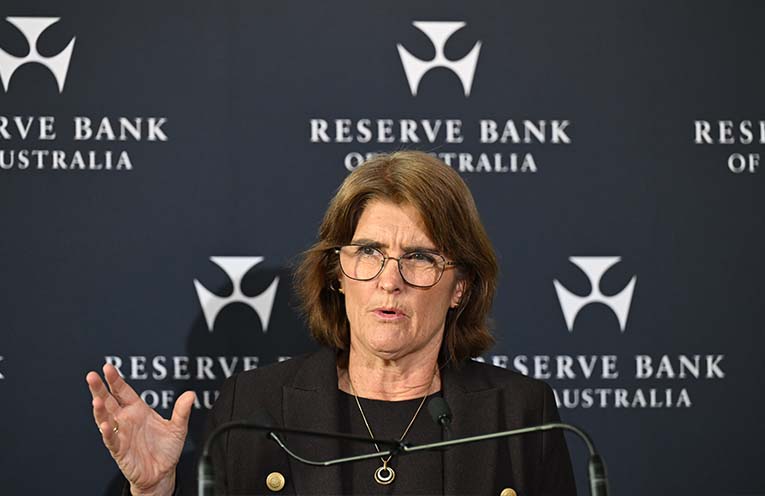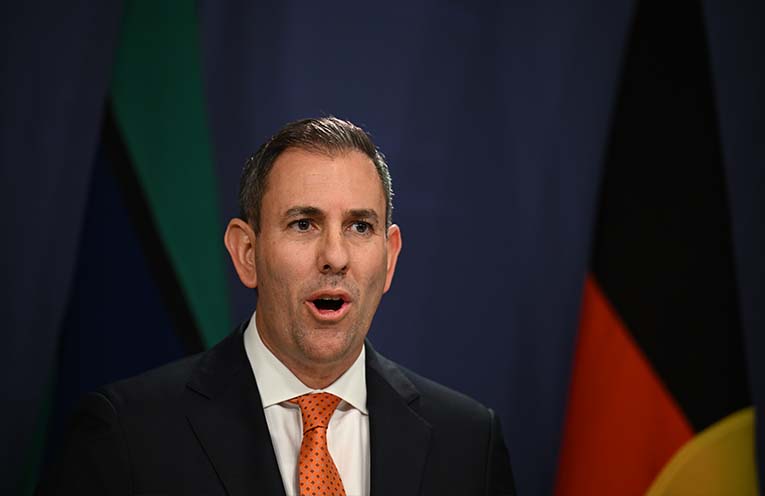
STUBBORN inflation and an extremely weak economy pose a difficult balancing act for the Reserve Bank of Australia as it plots its next move on rates.
Persistent price pressures, stronger household spending and sluggish productivity performance are some of the risk factors worrying Australia’s central bank in the challenging final mile on inflation.
 Advertise with News of The Area today.
Advertise with News of The Area today.It’s worth it for your business.
Message us.
Phone us – (02) 4981 8882.
Email us – media@newsofthearea.com.au
As universally expected, the Reserve Bank of Australia left interest rates on hold at 4.35 percent again at the June meeting, where it has been since November last year.
On the likely trajectory for interest rates, the board stuck with its preference not to rule anything in or out, though economists picked up a number of slightly hawkish additions to the post-meeting statement.
Governor Michele Bullock confirmed those tweaks were made to communicate the board was aware of risks inflation could prove stronger than expected, including hotter-than-anticipated monthly consumer price index and upward revisions to household consumption.
“Just a few little alerts to suggest we might need to remain vigilant,” she said at the press conference.
Ms Bullock confirmed the upcoming June quarter inflation data would be important for the next board meeting in August.
Moody’s Analytics economist Harry Murphy Cruise said there were a number of factors testing the board’s “slow-and-steady strategy”.
The central bank is tolerating a long wait to bring inflation back to target by the second half of 2025 with the aim of preserving as many gains in the labour market as possible.
Mr Murphy Cruise said inflation was “starting to dig in its heels”, complicating the RBA’s efforts, as would a host of cost-of-living supports announced in state and federal budgets.
It would all depend on how much was spent and how much was saved, he said.
“If they’re spent, it would add to demand at the exact same time the RBA is trying to take it out, adding to underlying inflation even if the headline figure comes down,” Mr Murphy Cruise said.
While not enough to trigger a “break in case of emergency” hike, he said, they warranted close attention.
Treasurer Jim Chalmers said the federal budget strategy was helping the RBA in its inflation fight, with one surplus delivered and another forecasted for the financial year just ending.
“Our strategy is the right one,” he told reporters on Tuesday.
“Our strategy is about rolling out cost-of-living help and fighting inflation and repairing the budget without smashing the economy.”
Shadow Treasurer Angus Taylor said state and federal Labor governments were “throwing more fuel on the fire”.
“We’ve seen big-spending state governments, Queensland, Victoria and NSW, on top of the federal government that has added $315 billion of spending,” he said.
“This is how Labor governments think they can solve inflationary problems.”
By Poppy JOHNSTON, AAP

